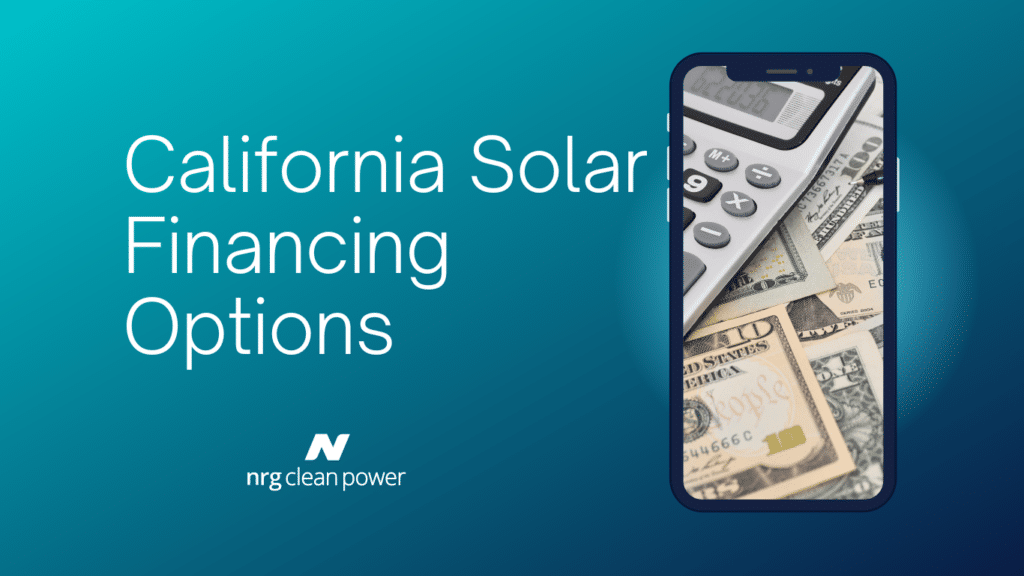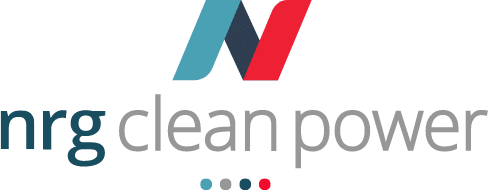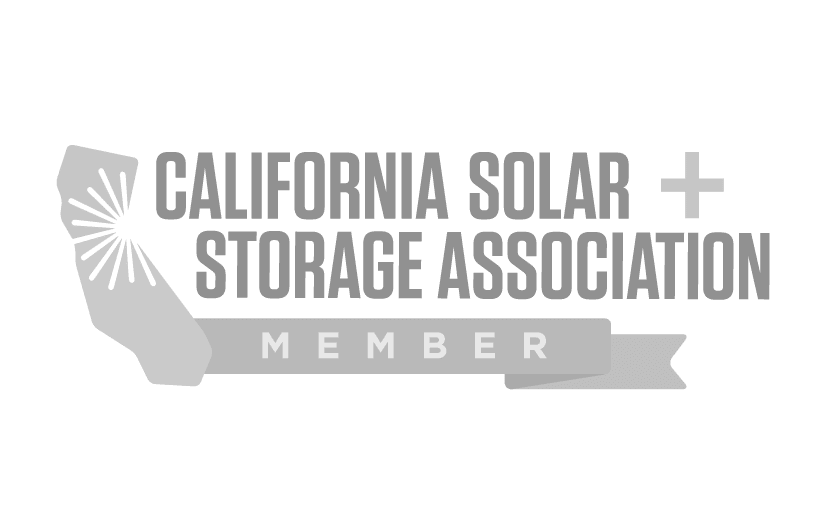
California is one of the best states for solar energy adoption due to its abundant sunshine and strong state incentives. However, the upfront cost of a solar installation can be a significant barrier for many homeowners. Fortunately, there are several financing options available to make solar energy more accessible. In this article, we’ll explore these options and offer guidance on what to consider when choosing the best one for your needs.
To better understand how different financing options impact your budget, let’s look at a specific example. Suppose you need a 5kW solar system that costs $15,000.
| Financing Option | Upfront Cost | Monthly Payment | Total Cost Over 20 Years | Ownership | Eligible for Tax Credits |
|---|---|---|---|---|---|
| Cash Purchase | $15,000 | $0 | $15,000 | Yes | Yes |
| Solar Loan (5%) | $0 | $99 | $23,760 | Yes | Yes |
| Solar Lease | $0 | $90 | $21,600 | No | No |
| PPA | $0 | $85 | $20,400 | No | No |
| PACE Financing | $0 | $110 | $26,400 | Yes | Yes |
Solar Financing Options
1. Cash Purchase
A cash purchase is the simplest way to finance your solar system. By paying for the entire system upfront, you avoid interest payments and finance charges, and you immediately start saving on your electricity bills. Additionally, you can take full advantage of federal and state tax credits.
Pros:
- No interest or finance charges
- Immediate ownership and full benefit of incentives
- Potentially higher long-term savings
Cons:
- High upfront cost
2. Solar Loans
Solar loans allow you to finance your solar installation with little or no upfront cost. These loans can be secured (home equity loans) or unsecured (personal loans). Solar loans typically offer fixed interest rates and terms ranging from 5 to 20 years.
Pros:
- Low or no upfront cost
- Ownership of the solar system and eligibility for tax credits
- Fixed monthly payments
Cons:
- Interest payments over the life of the loan
3. Solar Leases
With a solar lease, a third-party company installs and owns the solar system on your property. You pay a fixed monthly lease payment, usually lower than your previous electric bill. However, you do not own the system, and the leasing company typically claims the tax credits.
Pros:
- Low upfront cost
- Fixed monthly payments
- Maintenance usually included
Cons:
- No ownership of the system
- Ineligible for tax credits
4. Power Purchase Agreements (PPAs)
A PPA is similar to a solar lease, but instead of paying a fixed monthly lease payment, you pay for the electricity generated by the solar system at a set rate. This rate is typically lower than your current utility rate.
Pros:
- Low upfront cost
- Pay only for the electricity you use
- Maintenance usually included
Cons:
- No ownership of the system
- Ineligible for tax credits
5. Property Assessed Clean Energy (PACE) Financing
PACE financing allows homeowners to finance solar installations through their property tax assessments. The loan is repaid over up to 20 years through an additional annual assessment on your property tax bill.
Pros:
- Low or no upfront cost
- Long repayment term
- Transferable upon sale of the property
Cons:
- Higher property taxes
- Interest rates may be higher than other financing options
What to Consider When Choosing a Financing Option
Upfront Costs
Consider how much you can afford to pay upfront. Cash purchases and certain loans may require more money initially, while leases, PPAs, and PACE financing typically have lower upfront costs.
Long-Term Savings
Evaluate the long-term savings potential of each option. While cash purchases and loans might offer higher savings over time, leases and PPAs can still provide significant savings with less financial commitment.
Ownership and Incentives
Ownership of the solar system is crucial for maximizing tax incentives. Cash purchases and loans allow you to claim these benefits, whereas leases and PPAs typically do not.
Monthly Payments
Assess your ability to make monthly payments. Loans, leases, and PPAs all involve regular payments, so choose an option that fits comfortably within your budget.
Maintenance and Repairs
Some financing options, like leases and PPAs, include maintenance and repairs in the agreement. With a cash purchase or loan, you’ll be responsible for any upkeep.
Interest Rates
Current interest rates can significantly impact the overall cost of financing. With interest rates being relatively high, it’s important to compare different loan options and consider the total cost over the loan term.
How NRG Clean Power Can Help
At NRG Clean Power, we offer a variety of solar financing options tailored to your needs. Whether you’re interested in a cash purchase, loan, lease, or PPA, our team can help you navigate the options and find the best solution for your situation. Learn more about our solar financing options and discover how we can assist you in making the switch to solar energy.
For more information about our services and locations, visit our California locations page.
By understanding and exploring the different solar financing options available, you can make an informed decision that aligns with your financial situation and energy goals. NRG Clean Power is here to guide you every step of the way, ensuring a seamless transition to clean, renewable energy for your home.

